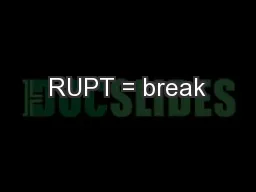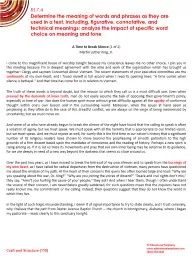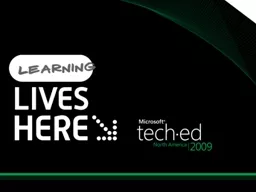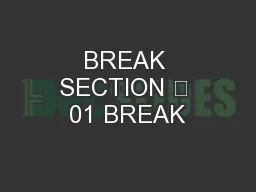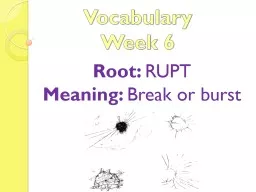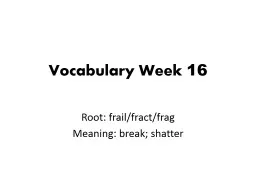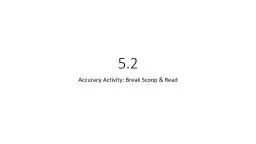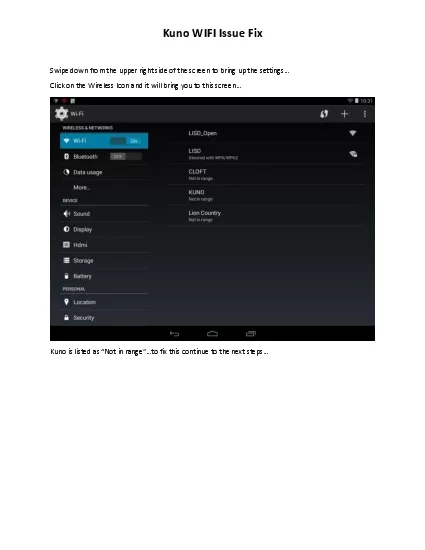PPT-Build It Break It Fix It
Author : tatyana-admore | Published Date : 2018-10-31
Andrew Ruef Michael Hicks Dave Levin James Parker Atif Memon Jandelyn Plane P eter Mardziel Whats the motivation What goes into secure software development How
Presentation Embed Code
Download Presentation
Download Presentation The PPT/PDF document "Build It Break It Fix It" is the property of its rightful owner. Permission is granted to download and print the materials on this website for personal, non-commercial use only, and to display it on your personal computer provided you do not modify the materials and that you retain all copyright notices contained in the materials. By downloading content from our website, you accept the terms of this agreement.
Build It Break It Fix It: Transcript
Download Rules Of Document
"Build It Break It Fix It"The content belongs to its owner. You may download and print it for personal use, without modification, and keep all copyright notices. By downloading, you agree to these terms.
Related Documents


